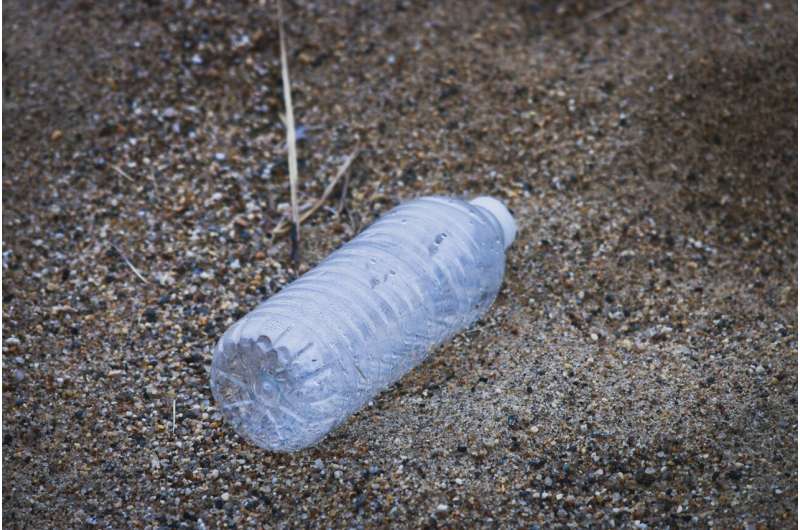Credit: Unsplash/CC0 Public Domain
How do you count the nanoplastics in your body? Leiden researchers published a method in Nature protocols today that should make this easier, and an important development for both environmental and drug research.
Molecularly, plastic is quite similar to organic material. That makes it a difficult substance to detect in living things. “Everything with carbon atoms is difficult to measure in organisms, including plastic,” explains Martina Vijver, professor of Ecotoxicology. “Animals and plants themselves are largely made up of carbon. So what are you measuring: the plastic or the organism itself?”
Detect correctly
The new method, developed by professors Martina Vijver and Willie Peijnenburg in collaboration with a consortium led by Dr Fazel Monikh, lifts a corner of the veil. By having nanoplastics absorb metal first, you can follow them much more easily afterwards. As long as you track them down the right way.
The article that appeared today in Nature protocols describes the different ways in which you can find the metal nanoplastics. “This allows you to see what happens to the nanoplastics after they have been absorbed,” says Vijver. “For example, which animals they pick up, or which organs they pick up? And also: how many plastic particles do they pick up? You can then measure all of that.”
The paper therefore mainly describes the way in which this research can be done. “It is actually a very dry paper to read,” laughs Vijver. “But it is important for scientists that we can use the same protocol. This way the different results are comparable.”
“We find it very logical to know where substances are in the environment,” says Vijver. “But we also need to know where they are located in cells or organisms. For example, are they stored in the fatty parts or in the body fluids? With this method we can discover exactly that.”
And not only ecologists are happy about this. Vijver: “This protocol is also very important for the development of medicines. You can use it very easily to find out how well medicines get to the right place in the body.”
Plastic nanoparticles make zebrafish larvae hyperactive
Fazel Abdolahpur Monikh et al, An analytical workflow for dynamic characterization and quantification of metallic nanomaterials in biological matrices, Nature protocols (2022). DOI: 10.1038/s41596-022-00701-x
Quote: New method for detecting nanoplastics in the human body (2022, June 30) retrieved June 30, 2022 from https://phys.org/news/2022-06-method-nanoplastics-human-body.html
This document is copyrighted. Other than fair dealing for personal study or research, nothing may be reproduced without written permission. The content is provided for informational purposes only.

